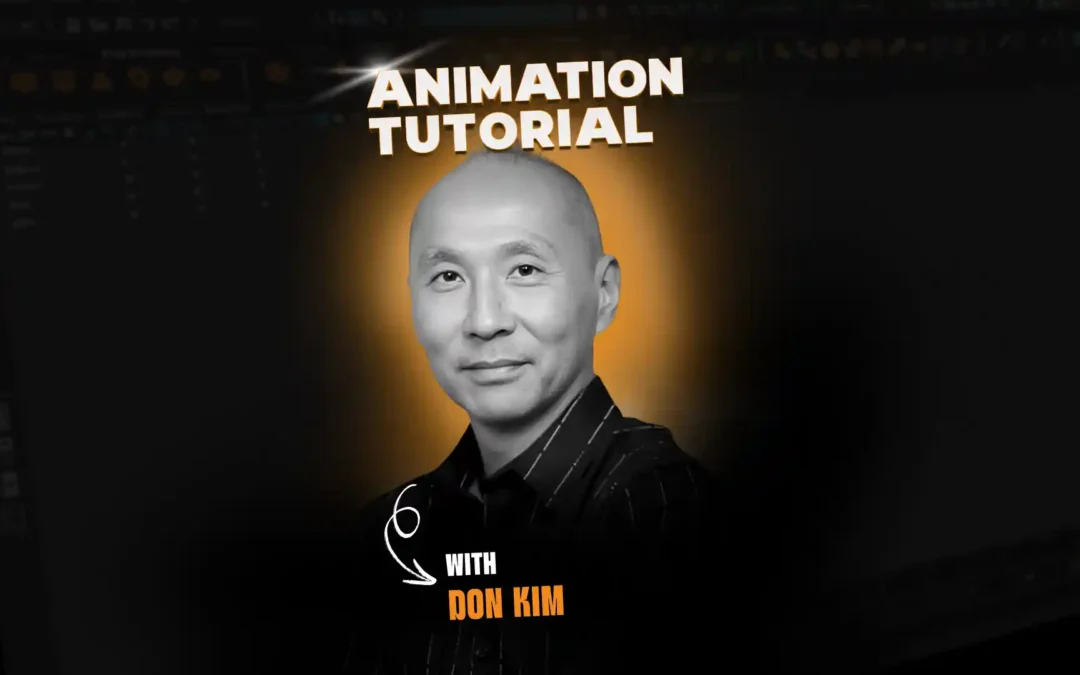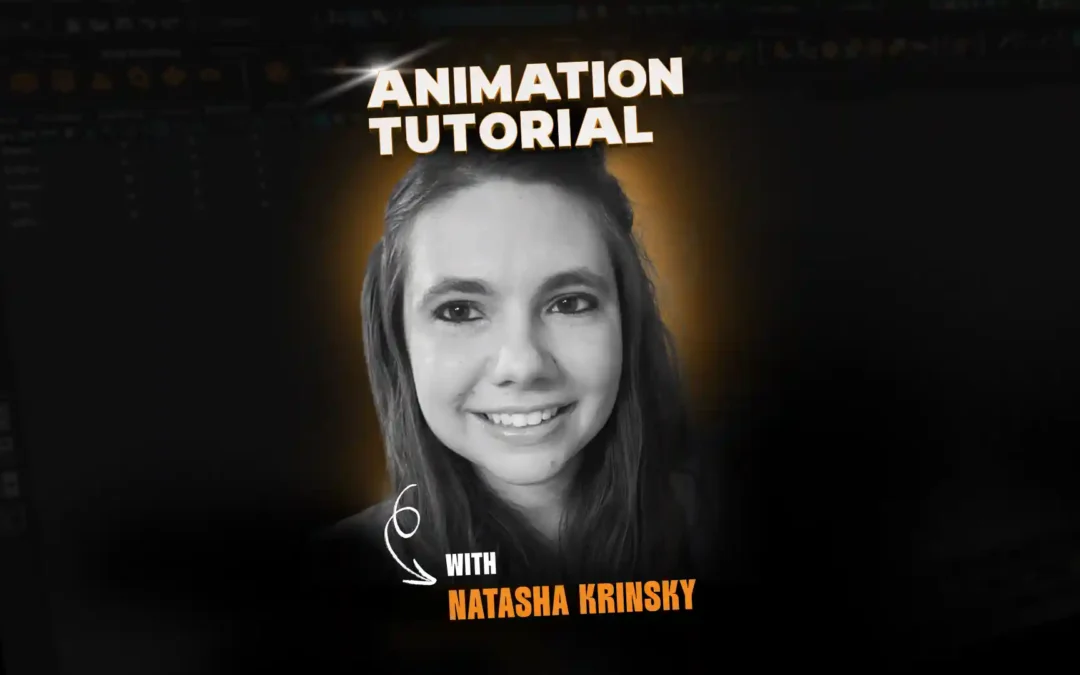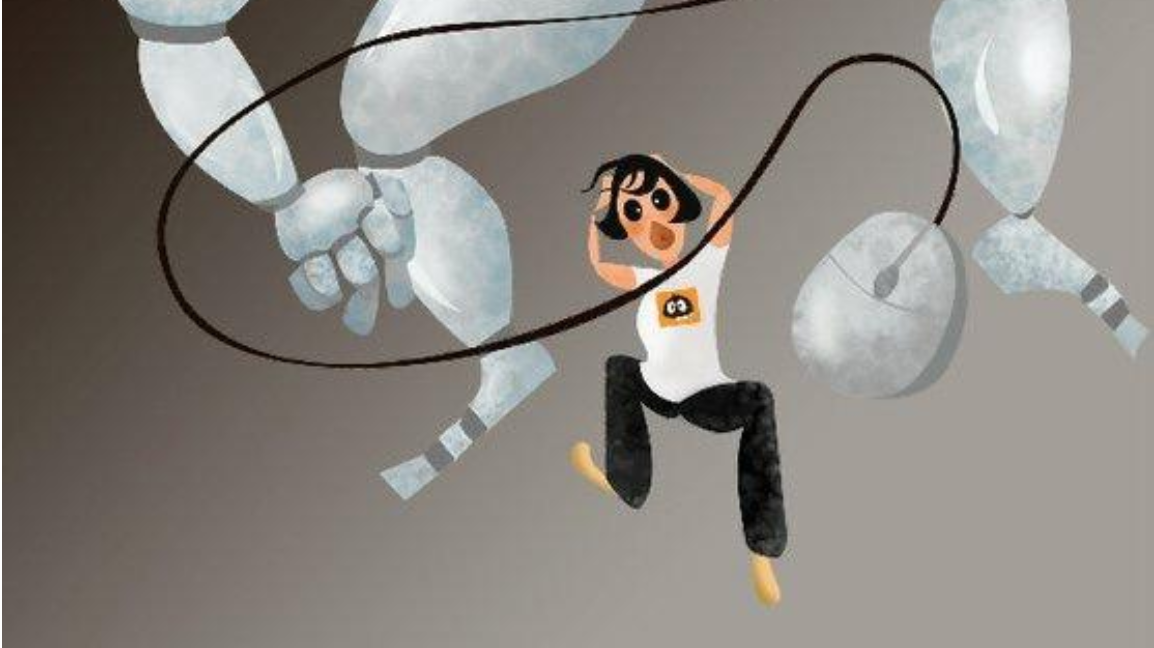
We asked Animation Mentor Grad, Pixar Animator, and current mentor Jane Cassidy to share the common mistakes she sees time and time again from beginning animators. Here’s your comprehensive list of what NOT to do as a beginning animator.
So you are thinking about entering the field of animation — it can be a daunting task. If you’re already enrolled in Animation Mentor, you have taken the first step. I took that same step seven years ago, and as a student, I made plenty of mistakes. Now that I am teaching at Animation Mentor, hopefully my perspective from both sides allows me to guide you away from these common pitfalls.
1. Not Following the Syllabus
Assignments may seem straightforward, but I have had quite a few students turn in the wrong assignment, be it the incorrect exercise or the incorrect format. Typically reading the syllabus can easily prevent this.
The reason this is important—not only in class, but in your animation career going forward—is because in a real movie production you will be required to thoroughly understand shot briefing notes before beginning your shot. Instill the habit early of following notes and understanding shot direction. As a result, you will enjoy a long and healthy career in animation.
2. Not using AMP
In a class of nine students, I find at least half the students will not utilize AMP. It is crucial that you check in your work using AMP, as this allows your mentor to pull up your work and “look under the hood” so to speak. Some mentors like to pull up your work and tweak your animation during class. The overwhelming feedback is that these demonstrations are extremely helpful. It allows you the students to see how a professional animator would solve the problem in a live step-by-step demo.
Make sure to set up AMP before the first week of class. Not only does it speed up your learning curve, but it benefits everyone else as well. We are all in this class to learn together!
3. Underestimating how hard animation is, not putting in enough time
Too often I see beginning students underestimate how much effort each assignment requires. Even a bouncing ball can take a few days if you are just starting. It may look easy, but once you start to move keys around and start to animate, panic and stress can set in.
I went through a similar experience when I was a student. What helped me the most was going in anticipating how hard it was going to be, how much work I was going to have to put in. The more space you create for yourself to do great work, the more room you’ll have to make mistakes, make iterations, and break through natural plateaus that come with mastering any craft. And especially as the assignments get more complicated toward the end of class, a walk cycle for example will require even more time.
So have a good idea of how many hours each assignment will take and plan accordingly. The more effort you put in, the more your mentors can help you get to wherever it is you want to go.

4. Not giving or asking for feedback
Too many beginning animators make this mistake. Too often we feel like we are not good enough or experienced enough to give other animators feedback. The truth is, you are good enough. It is through looking at other people’s work that we develop our eye. It is through viewing and discussing other people’s work that we develop a community, a sense of togetherness. It bolsters the idea that we all have something to learn from each other. Plus, it’s a fantastic way to get inspired.
Don’t be afraid to look up fellow students’ workspaces. Comment on their work or just say hello, even if they are in a different class than you. This is how we build our community and establish connections.
Specifically, challenge yourself to leave five people feedback each week. Add them to your buddy list. As you get more comfortable, add more people to that list—the more the merrier. Also, don’t forget to put in a Peer Buddy request during your first week. You will be paired with an upperclassman, which will be another source of support for you. Take advantage of all the community Animation Mentor has to offer. It will push you further than you could ever imagine.
5. Taking feedback personally, worrying too much about grades
We put a tremendous amount of hard work and love into our animation. It can be hard sit there and take the feedback when someone is giving you notes on your shot. You must NOT take it personally. The natural choice is to try and defend yourself, which is understandable. But rather than internalizing what someone says to you, your attention should be on the work itself. It’s easy to hang your head down after a tough critique, but you must realize that you wouldn’t be receiving criticism unless someone believes in you—believes in your ability to improve, believes in your ability to do great work. Criticism is a sign of your potential.
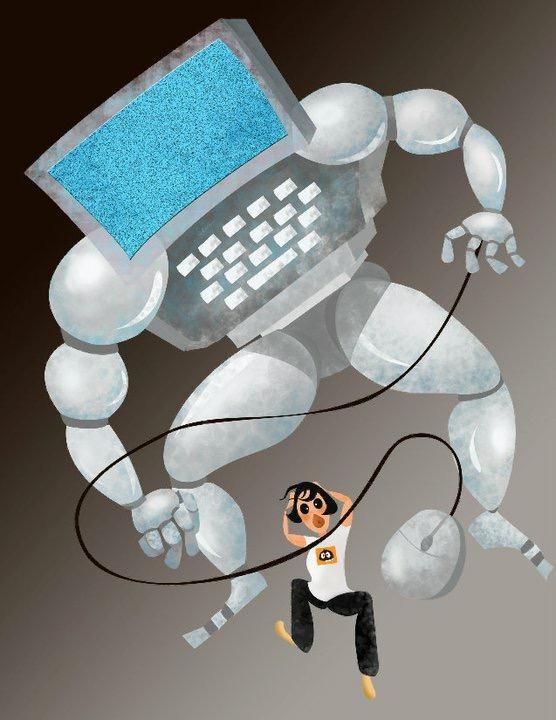
In a real production environment, animators work as a team to bring the director’s visions to life. We try our best to put our creative voices into our shots, but at the end of the day, the director has the final say. Your mentors are in a sense, just like a director. Mentors have their own style of critiquing, just like directors have different ways of conducting. Some may not praise your work as much as others, but this is not because they don’t appreciate your work, or have something against you as a person. It comes down to giving you a fair and truthful critique directed at the work, not you the animator. To be a professional animator means you have to have thick skin, but it also means you’re lucky enough to be part of a team, a group of people focused on putting out the best work possible.
6. Not keeping it simple
I see a lot of students over-complicating their assignments. I should know, as I was one of them. Here is an example of over-complicating a walk cycle assignment by yours truly. I started with the “excited” walk. After that I decided to add some bird droppings, and then a “sneaky” walk.
My mentor told me this was way too complicated, so I kept the excited walk and used all my time to perfect it. Here is the simplified version.
My advice is to stick with the simplest option. Focus all your time and energy into making that simple animation spectacular. Don’t waste your time putting in fancy lighting. It is always better to have solid, simple animation with extra time left at the end of the week, as opposed to having an over-complicated storyline and rushing to finish your assignment at the end of the week. Just remember, “KISS”—Keep It Simple Stupid!
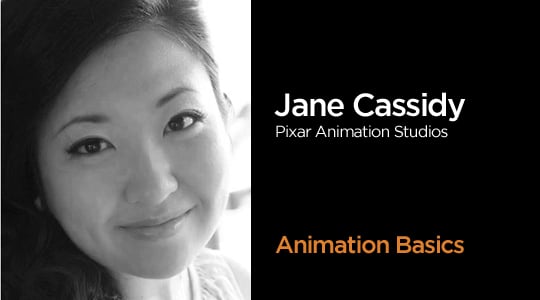
Want to learn from pro animators like Jane?
Start working toward your dream by learning with professional animators from a variety of major studios and career paths! Get more information about Animation Mentor’s Character Animation Courses.
